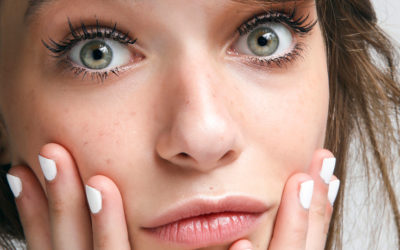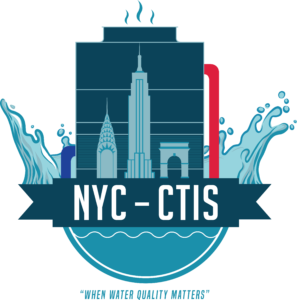NYC-CTIS: 7 Steps To Make You Feel Better About Your Water


As our NYC-CTIS team are water treatment experts, we decided to share 7 STEPS that we typically implement when we are dealing with domestic water concerns in NYC nowadays. As we are all aware, the ongoing COVID-19 pandemic has created a myriad of obstacles in NYC and the temporary shutdowns or reduced operation of buildings and reductions in normal water has created hazards
Hazards include Legionella (the cause of Legionnaires’ disease), mold, and lead and copper contamination from corroded plumbing. For this specific blog, we will stick to a few steps on how to minimize Legionella risk:







